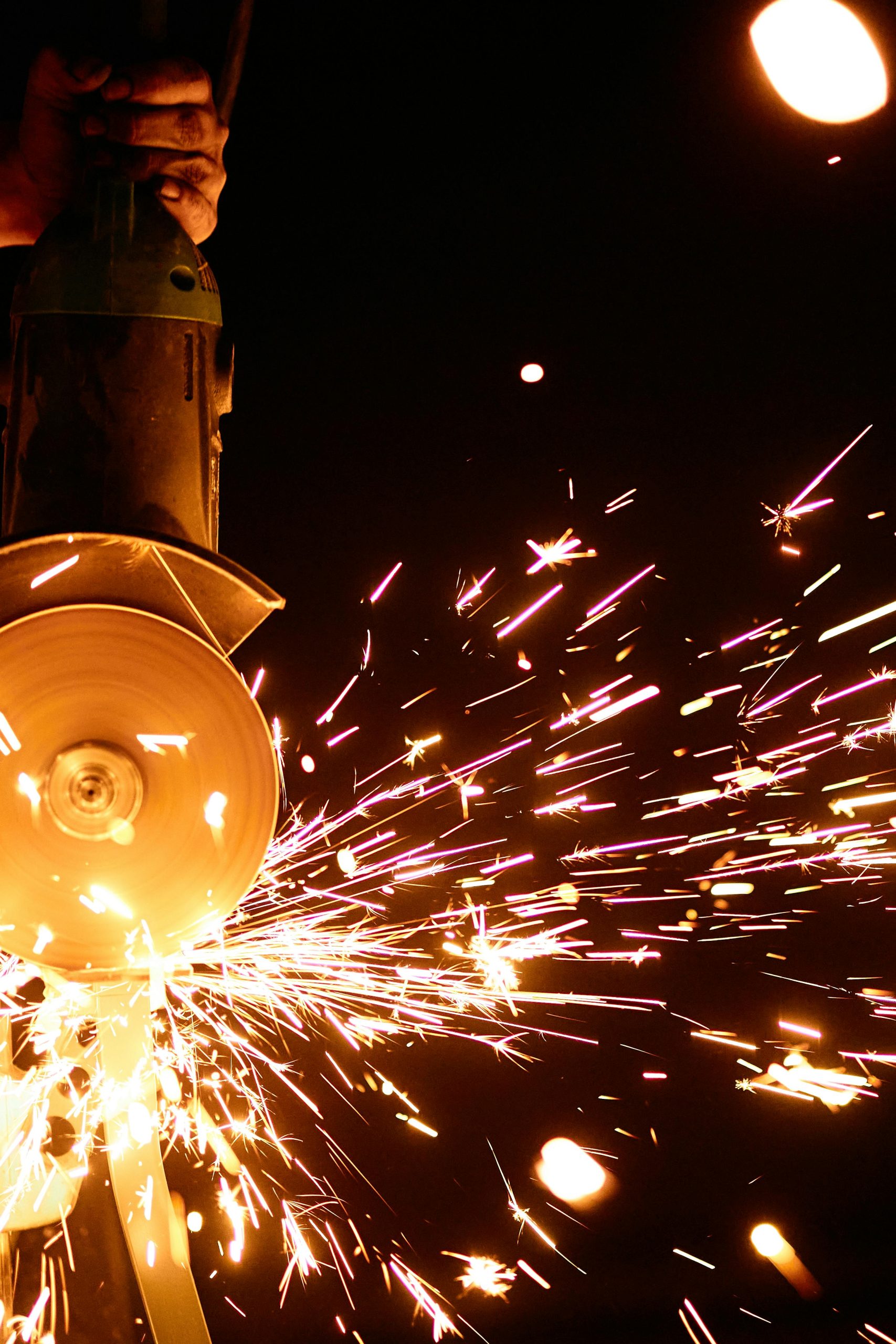Troubleshooting Your PC After a Power Outage: What to Do When It Won’t Turn On
If you’ve ever experienced a power outage, you know how disruptive it can be. Unfortunately, these electrical interruptions can sometimes lead to a more serious issue—your computer may refuse to power on afterward. Recently, I encountered this very problem: my PC started blinking its power LED but wouldn’t boot up.
Here’s a rundown of the situation and some steps I took to diagnose the issue for anyone facing a similar predicament.
The Symptoms
Following a sudden power cut, my PC exhibited unusual behavior. When I pressed the power button, the power LED would flash but the machine didn’t stay on long enough to boot up. This can be an understandably frustrating experience, especially if you rely on your PC for work or leisure.
Initial Checks
To begin troubleshooting, I first turned my attention to the basics. I checked the power supply unit (PSU) switch to ensure it was in the ‘on’ position. Then I disconnected the power cable and plugged it back in, thinking a simple reset might do the trick. After these adjustments, I attempted to power on the PC again, but the problem persisted.
The Paperclip Test
To further investigate, I decided to perform what is commonly referred to as the paperclip test on the PSU. This procedure involves shorting two pins on the PSU to see if it powers on without being connected to the motherboard. Much to my relief, the PSU appeared to function correctly, indicating that it wasn’t the source of the problem.
Next Steps: What to Investigate
Given that the PSU was operational, I began to ponder what might be causing the issue. Here are some suggestions for those in a similar situation:
-
Motherboard Examination: It’s essential to inspect the motherboard for signs of damage, such as burnt components or swollen capacitors. Power surges caused by outages can lead to critical failures.
-
RAM Check: Remove and reseat the RAM sticks in their slots. Occasionally, power disruptions can cause them to become unseated.
-
Peripheral Disconnect: Disconnect all peripherals (like printers, external drives, etc.) and try to boot the PC with only the essential components connected. This can help isolate the problem.
-
Graphic Card & Other Components: If your computer has an additional graphics card, try removing it and booting using the integrated graphics if available.
-
**C
Share this content:




Hi, it sounds like you’ve already conducted some key troubleshooting steps. Since your PSU is functioning correctly via the paperclip test, the issue may lie with other hardware components or the motherboard itself. Here are a few additional suggestions:
If these steps do not resolve the issue, it might be worth consulting a professional hardware technician to perform a detailed inspection or testing. Power outages can sometimes cause damage that’s not immediately visible, so a thorough diagnostic can help prevent further issues.